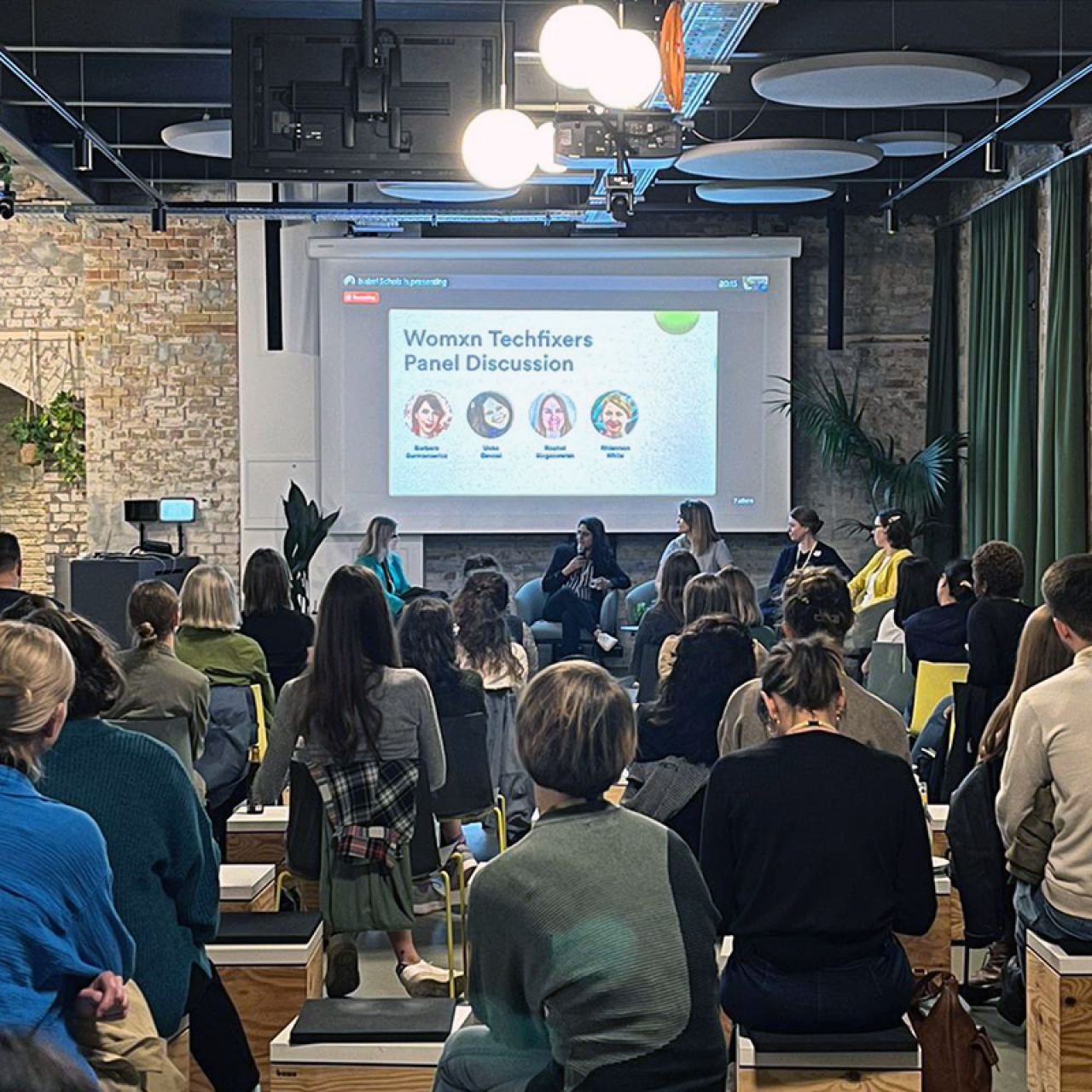The employees roll their eyes, shrug their shoulders and mutter about how nothing ever comes of this fruitless exercise.
Ah yes……it must be time for the annual employee survey. That default ritual by which many organizations assume they are measuring and improving the business.
But is this long-standing practice now redundant and does it need to be put out to pasture?
Many companies still seem to think that if they simply survey the workforce every twelve months they will get better and the more data collected the greater chance of something popping up to boost employee engagement and productivity.
They have become so obsessed with scores, variances and completion rates that they have forgotten the underlying objective is to find out how to get the best from their staff.
While assessing the health of an organization is a good thing, it is rarely executed well and should only be step one in the process. Many traditional, well-intentioned efforts fail to build engagement at the grassroots level because they aren’t real-time, transparent and (most importantly) interactive.
The online social boom and an increasingly tech-savvy workforce has led to a dramatic increase in today’s employees expecting immediate feedback and to be an influential part of the solution going forward.
Timing is everything
The first big problem with traditional surveys is that they solicit point-in-time opinions which (ironically) take too-much-time to tabulate. For example, in June the HR and Management task force may be looking at data from February, which is already dated given the speed at which business moves these days.
Annual surveys which take a lot of time and effort yet show no timely, relevant and tangible results to the employee can actually be damaging to the organization.
Seeing no action or only hearing about something being done months later leads to staff wondering “what’s the point?” (and likely not even remembering the question now being addressed.)
An organization’s IT department wouldn’t dream of only doing a security and performance scan of laptops, servers, etc… on an annual basis. They implement real-time solutions to ensure systems are fully functional at all times.
The employee engagement initiative should also be a continuous process that keeps staff operating at their full potential. Think of it like an Employee Anti-Virus.
Opinions versus Needs
Most surveys still ask open-ended questions such as
- Do you think senior management demonstrates strong leadership skills?
- To what extent does the company understand our customer’s concerns?
- Do you think there are opportunities for promotion and advancement?
- Would you recommend this organization to others?
- Do you understand the company benefit plan?
While it is important for an organization to address these areas, making them part of an annual employee survey;
- invites criticism from staff that is unlikely to be expressed openly otherwise
- does not establish what is important for the individual (and those he/she works with)
A better approach identifies to what extent an employee feels valued, can express opinions or concerns, engages in feedback and other elements they deal with on a day-to-day basis. The answers to these questions highlight the real areas of need or concern that can make them a more motivated member of the workforce.
Subsequently, if the needs of each small pocket of employees (teams, departments, etc…) can be identified and addressed, the entire organization will very quickly see positive results.
Who will fix it?
Who is responsible for your health….you or your doctor?
…You are!
Who is responsible for workplace motivation, appreciation, satisfaction etc?
…The employee is!
In both cases however the doctor and HR/Management play a significant role.
Traditionally when survey results are finally tabulated and a mountain of data is delivered, it is dumped on a task force (usually HR driven) to dissect in the hopes of finding issues, trends, variances, etc…
Even when something is decided it is then up to Management or HR to deliver the homogenous message and implement it across the entire organization. It’s no wonder that all too frequently the adjustment is seen to be just ‘another management agenda’ item.
However, by identifying individual and team needs, the task of making changes can be shifted from HR and Management back onto the individual and teams.
As mentioned, the majority of today’s workers want to be influencers and directly responsible for solving their particular concerns. Employees would much rather ask “what am I going to do?” rather than “what is management going to do?” when it comes to organizational improvement.
When an organization starts to make a change at the local level (employees and the small group they work with daily) they see huge improvements holistically – without burdening HR and Management.
“You spoke, we listened” coming from management will be replaced with employees stating “We have our diagnosis and together we will fix it…..now”
Systematize to Sustain
Having already discussed the perils of the engagement process only being an annual chore, it is equally important that it isn’t seen as flavour of the month or a haphazard attempt to appease the workforce.
Implementing a formal approach that is also dynamic enough to fit in with departmental schedules, culture, size, etc… develops employee-management trust and accountability..
A regular cycle of quick diagnostics (in the form of smaller surveys), followed by an immediate and transparent review that is then turned into actions and activities ensures maximum staff buy-in. The employees begin to realize this is something they actually can get their hands on and they are being empowered to make changes that still comply with any corporate policies and boundaries.
They will (believe it or not) actually look forward to re-taking the survey to see their ‘scores’ improve and pick the next area they are going to work on.
Continuous workplace improvement will become part of the business culture…
…and that can only be good for the bottom line.


